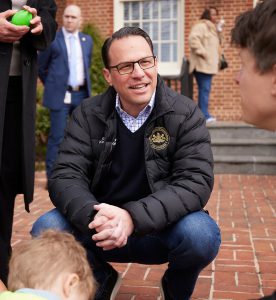
Whether you’re visiting Pennsylvania for the first time, or just getting to know more about the state you live in, here are all the fun facts and must-know details about our Commonwealth.
Did you know Pennsylvania is technically a Commonwealth and not a state? Keep reading to learn more.

Commonwealth
“Commonwealth” is an Old English term for a political community founded for the common good. There’s no difference between a Commonwealth and a state in how the government is run but the name remains because Pennsylvania is a community providing for the good of everyone!

Keystone State
A keystone is a wedge-shaped stone found at the top of an arch. The stone holds all the other pieces in place – without it the arch would collapse! In early America, Pennsylvania was the center state of the 13 colonies. Pennsylvania also played a vital role in holding together the states of the newly formed union. In the 1800s, the “Keystone State” title stuck!
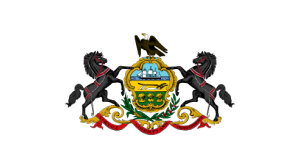
State Coat of Arms
The coat of arms, which is displayed on Pennsylvania’s flag, was based on a 1778 design by Caleb Lownes. The coat of arms displays a shield surrounded by horses and a bald eagle. The shield shows a ship carrying Pennsylvania exports around the world, a clay pillow to symbolize our natural resources, and three sheaves of wheat representing our fields, as well as human action. Below the shield there is an olive branch and a cornstalk, representing peace and prosperity. The state motto, “Virtue Liberty and Independence” appears on the very bottom of the coat of arms.
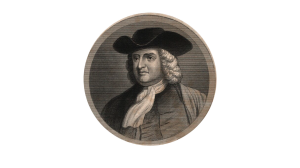
How did PA get its name?
Pennsylvania was first and originally inhabited by the indigenous people from the Susquehannock, Lenape (or Delaware), Shawnee, and Nanticoke tribes. In 1681 the area was colonized and became an English colony when William Penn came to the area for religious freedom. The king at the time who ‘owned’ the colonized land, gave the ‘new’ English colony, to William Penn and named the area Pennsylvania which in Latin translates to Penn’s Woods.

PA Size & Population
Pennsylvania is a much larger state than most people realize. Pennsylvania has over 46,000 square miles, is 309 miles long and 174 miles wide. The Commonwealth is nearly 38 times larger than Rhode Island and ranks 33rd overall. In this large state resides almost 13,000,000 million people from all different backgrounds and walks of life.
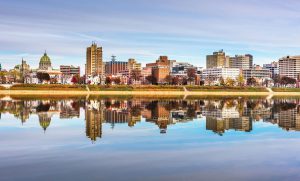
State Capitol – Harrisburg
Set-in south-central Pennsylvania, the capitol of the Commonwealth of Pennsylvania is Harrisburg. The city of Harrisburg sits along the Susquehanna River and has a population of a little over 50,000 people, making it the ninth largest city in the Commonwealth. Before Europeans came to what is now Pennsylvania, the Susquehannocks and Lenape (or Delaware) tribes lived where modern-day Harrisburg sits, along with the Shawnee and Nanticoke tribes.
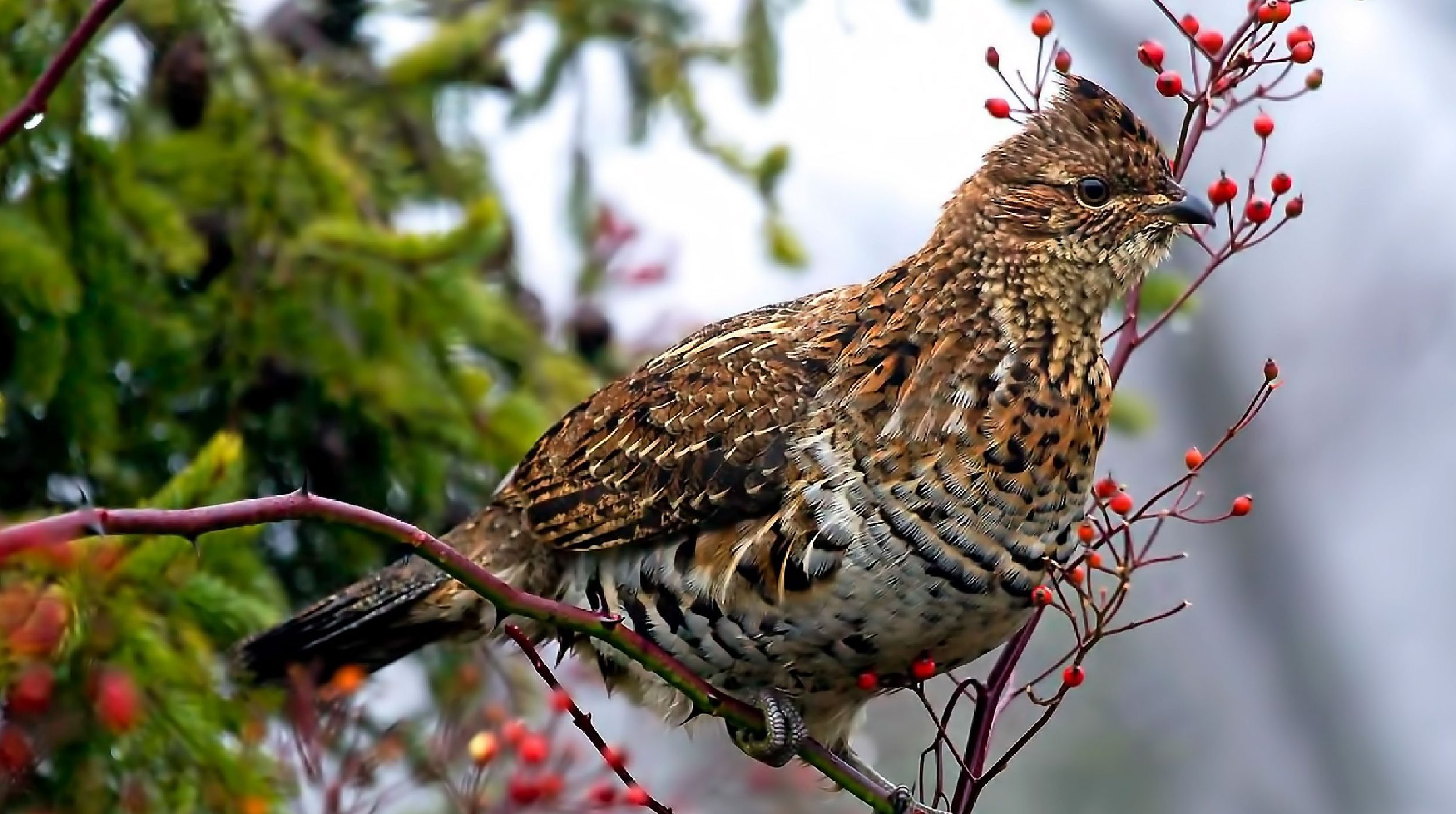
State Bird – Ruffed Grouse
Designated the state bird on June 22, 1931, the Ruffed Grouse is a familiar sight in the many forests of Pennsylvania. Also known as a partridge, the Ruffed Grouse was a vital source of food supply for early settlers in Pennsylvania.
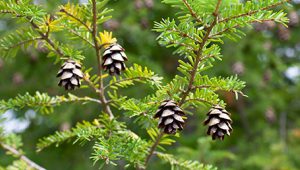
State Tree – Eastern Hemlock
Commonly found throughout Pennsylvania’s forests, the Eastern Hemlock became the official state tree in 1931. Proving to be incredibly useful for early settlers, the Eastern Hemlock provided sturdy wood for log cabins, as well as tannic acid for producing leather.
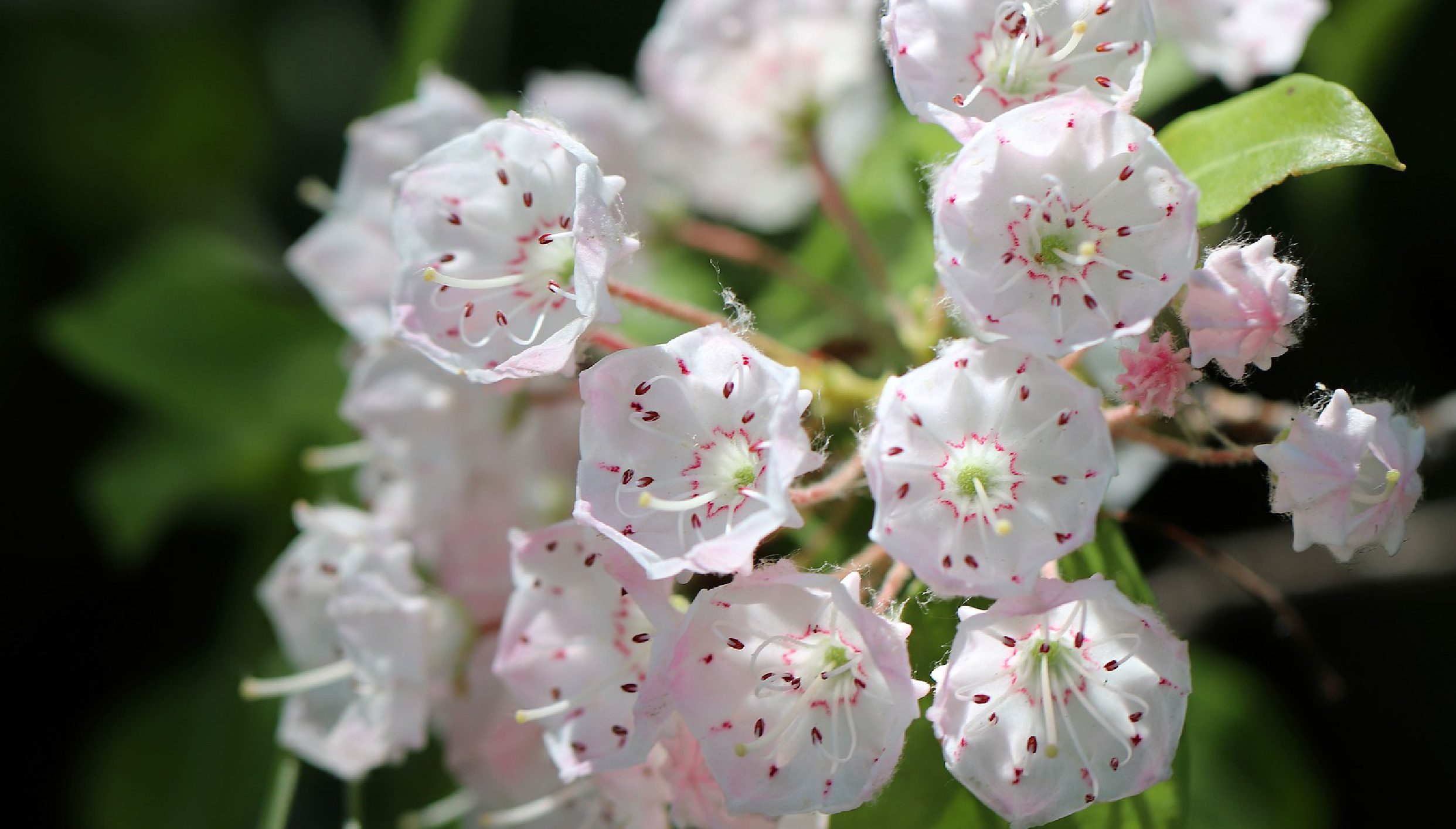
State Flower – Mountain Laurel
The Mountain Laurel is a common sight throughout Pennsylvania when the flower blooms in the summer. Designated on May 5, 1933 by Governor Gifford Pinchot, the flower was a favorite of the Pennsylvania House and Senate to become the state flower.

State Animal – White-Tailed Deer
Early Pennsylvanians and Native Americans relied on the white-tailed deer for necessities such as food, clothing, and shelter. Today, White-tail Deer continue to flourish in Pennsylvania’s forests, with an estimated 1.5 million deer in the state.

State Dog – Great Dane
A giant breed, described as strong, intelligent, powerful, and faithful, the Great Dane became the official state dog of Pennsylvania in 1965. William Penn, the founder of Pennsylvania, even had a Great Dane! A portrait of him and his Great Dane hangs in the Governor’s Reception Room in the Pennsylvania Capitol.
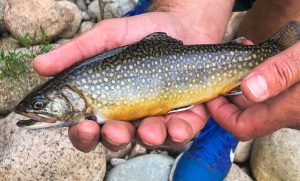
State Fish – Brook Trout
Found in the cold clear waters of Pennsylvania’s streams and ponds is the state fish, the native Brook Trout. The Brook Trout is a part of the char group of the salmon family and can live upwards of four years. The Brook Trout eats insects both above and below the water! The PA Department of Conservation and Natural Resources is making sure the Brook Trout’s habitat remains clean with deep water projects and more forest buffer plantings to improve water quality and cooler stream temperatures. The Brook Trout was designated as the state fish on March 9th, 1970.
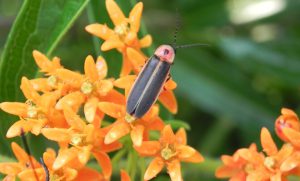
State Insect – Firefly
Fireflies, the state insect of Pennsylvania, are not actually flies… they are beetles! Also known as lightning bugs – they can be seen lighting up the Pennsylvania skies in the summer evenings with their soft yellow glow. The Firefly’s favorite meals include slugs, earthworms, and even snails. The Firefly’s numbers are declining from habitat loss, pesticide use, and light pollution. We can help the Firefly population by turning our lights off at night and planting native Pennsylvania flowers and vegetation at our homes! The Firefly was designated as the state insect on April 10th, 1974.
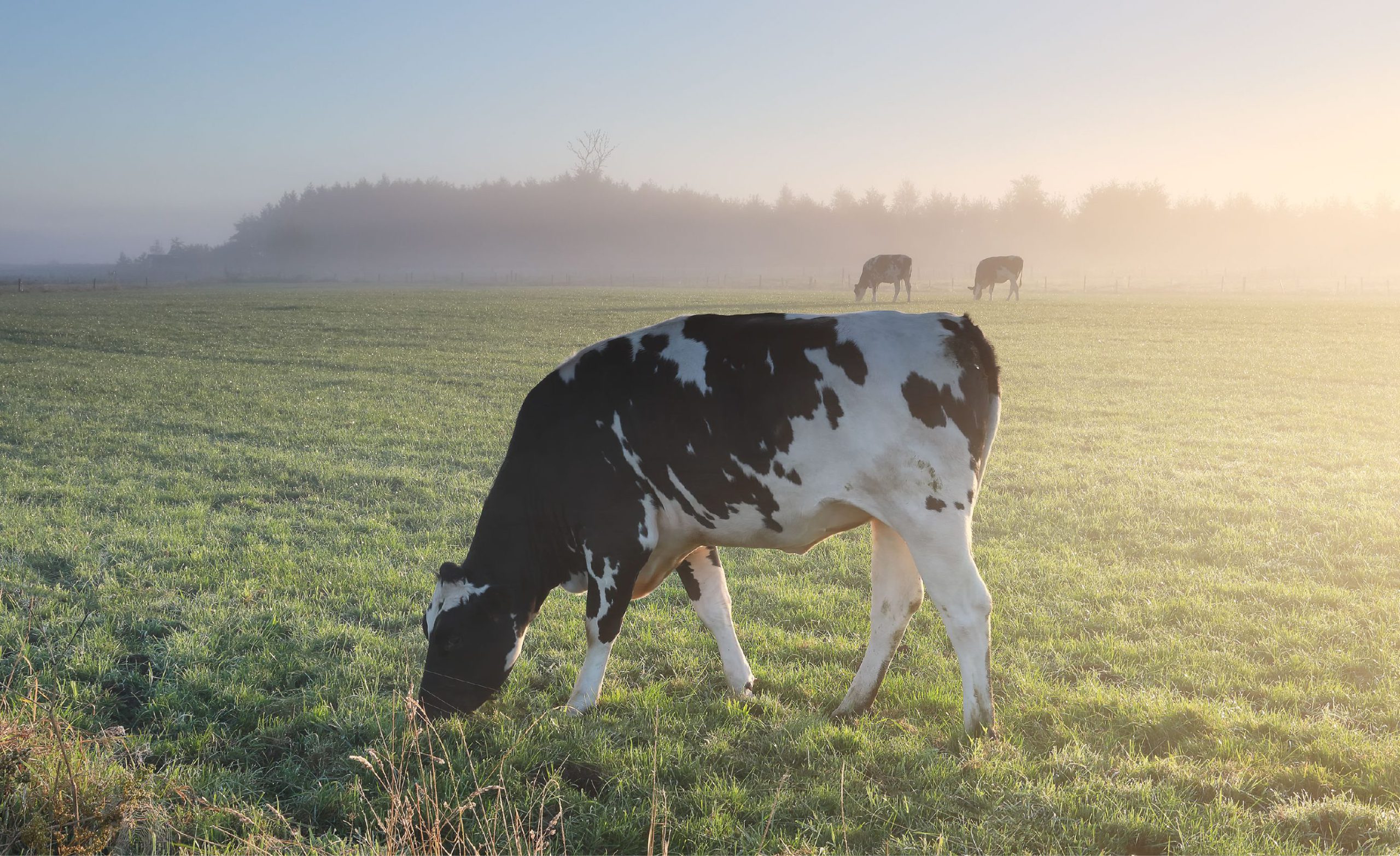
State Beverage – Milk
MOOOO! Believe it or not, the state beverage is cows milk. Pennsylvania has a lot of farmland throughout the Commonwealth and ranks 7th in the nation for milk production! The dairy cows in Pennsylvania produce almost 10 billion pound of milk annually! With all the farmers and milk produced it is great for the Commonwealth’s state economy. So when you see cows out in the pasture next time, remember that they are producing our state beverage! Milk was designated as the state beverage on April 29th, 1982.
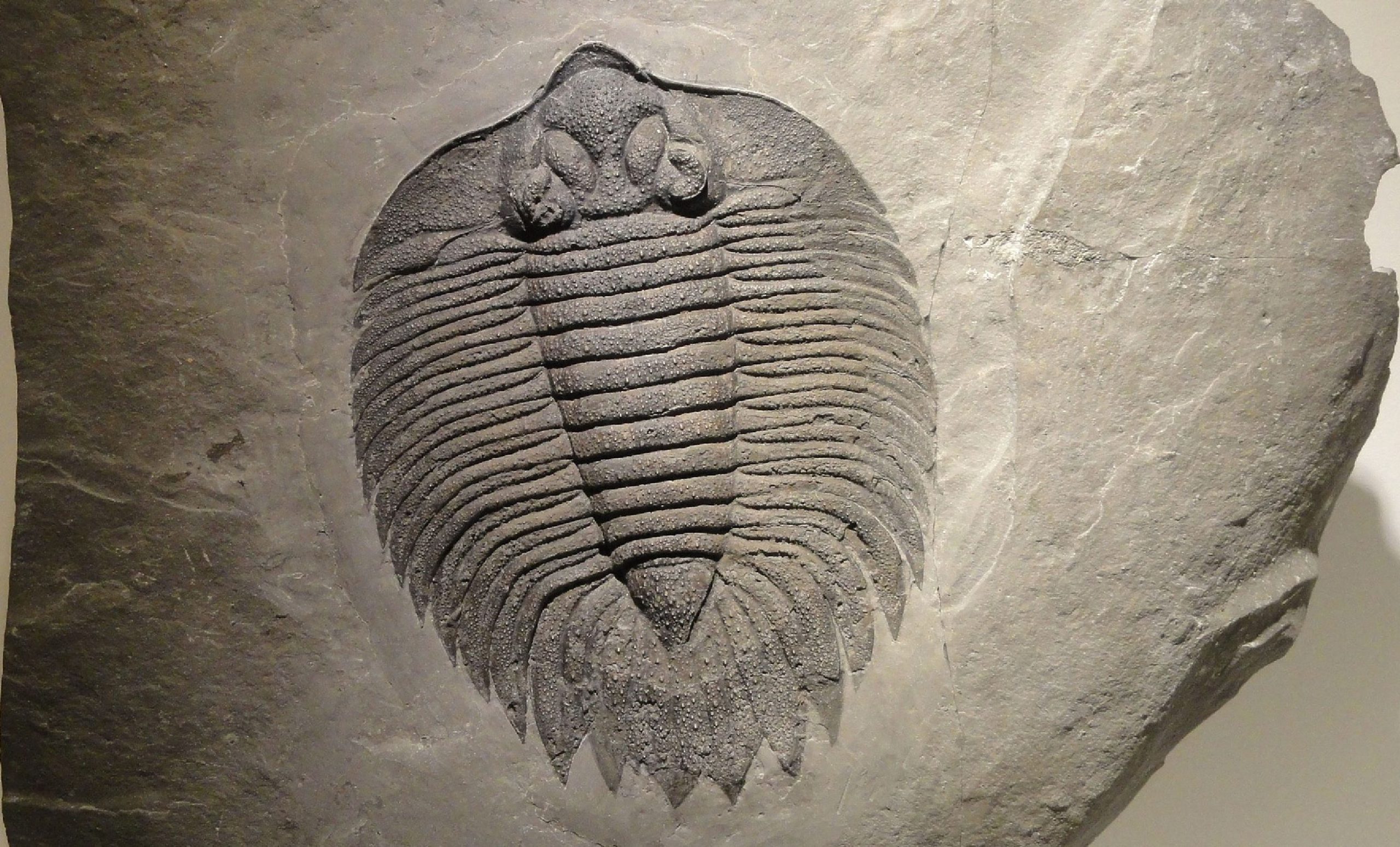
State Fossill – Eldredgeops rana (Trilobite)
Looking like the modern-day pill bug, the Eldredgeops rana, also known as the Trilobite, is the Pennsylvania state fossil! The prehistoric invertebrate lived in the Commonwealth more than 250 million years ago! The trilobite is related to the modern-day crab, lobster, shrimp, some insects, and even spiders. The feature of the Eldredgeops rana that sets it apart from other trilobites is the large frog like eyes. Be sure to keep your eyes open for this fossil next time your rock hunting! Eldredgeops rana was designated as the state fossil on December 5th, 1988.
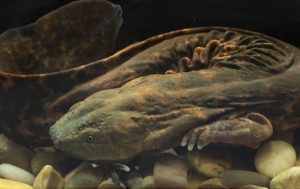
State Amphibian – Eastern Hellbender
Snot otter, mud devil, devil dog, and even lasagna lizard. These are all nicknames for the Pennsylvania state amphibian – the Eastern Hellbender. The Hellbender is a nocturnal aquatic species found in Pennsylvania streams and rivers with larger rocks. They are a large flat salamander that eat small fish, crayfish, and hellgrammites. The Hellbender is a hardy salamander that can live up to fifty years in the proper environment and are often used as an indicator of the health of a waterway since they need clean and almost perfect water conditions to survive. In 2019 the Eastern Hellbender was designated as the state amphibian.